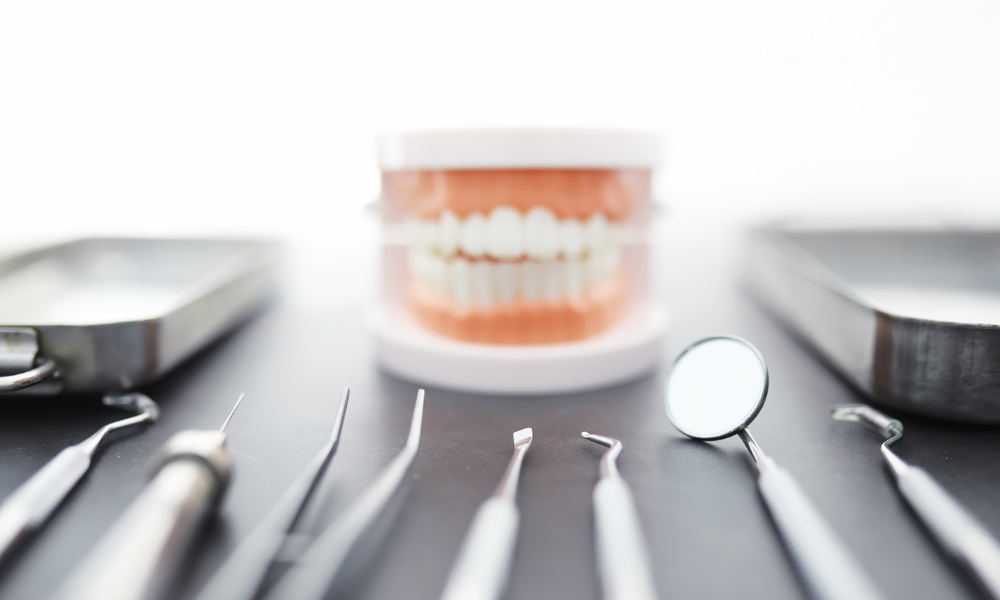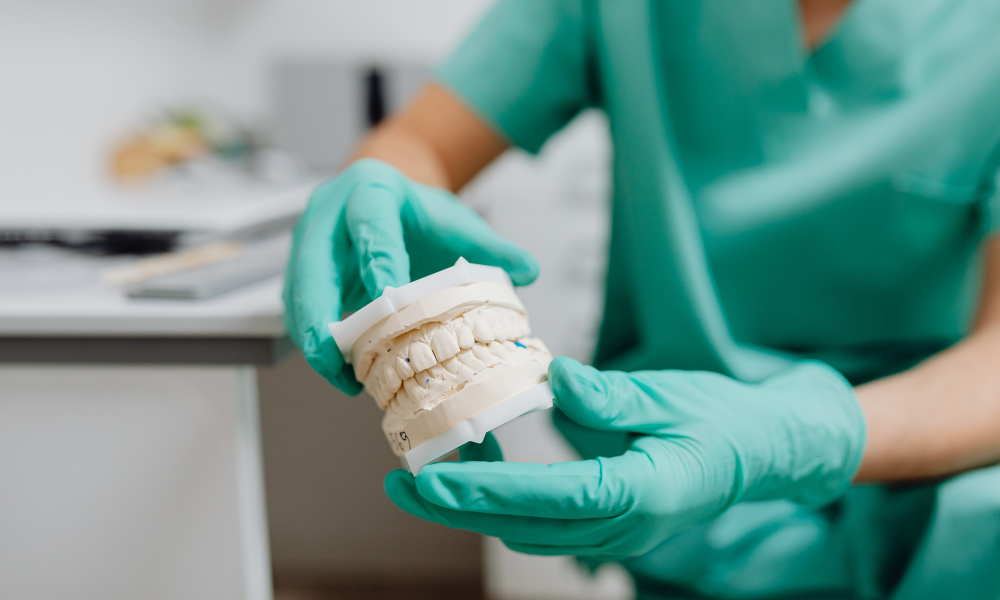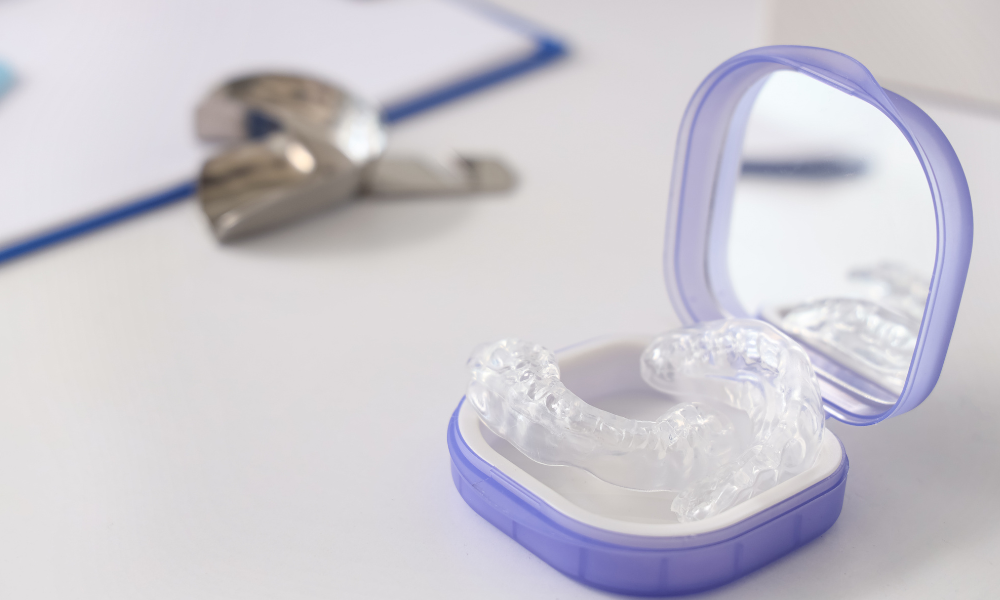
Toothaches are a common and often unbearable experience. While most tooth pain can be attributed to an identifiable dental issue such as cavities, gum disease, or an abscess, not all pain fits within these categories. In some cases, individuals may experience atypical tooth pain, which can be difficult to diagnose and treat due to its mysterious nature and origin. This blog article aims to provide an in-depth understanding of atypical tooth pain, its potential causes, symptoms, and various treatment options to help you find relief and ensure optimal oral health.
Atypical tooth pain, also known as atypical odontalgia or phantom tooth pain, is a chronic oral pain that cannot be directly linked to a well-defined dental problem. The pain experienced is often described as a persistent, dull ache or throbbing that may affect one or several teeth.
Atypical tooth pain can significantly impact one's quality of life, causing frustration, stress, and anxiety due to the ongoing discomfort and uncertainty surrounding its cause.
Identifying the underlying cause of atypical tooth pain can be challenging, as it can be attributed to a wide range of factors. In some instances, the pain may result from nerve damage or irritation following a dental procedure, such as a tooth extraction or root canal treatment. Alternatively, it may arise from conditions unrelated to the teeth, such as sinus problems, musculoskeletal issues, or even psychological factors. Another possibility is the development of trigeminal nerve disorders, which can cause severe facial pain and discomfort, often mistaken for tooth pain.
To obtain an accurate diagnosis and determine the most effective course of action, a thorough assessment by a dental or medical professional experienced in the management of orofacial pain conditions is essential. At Columbia TMJ and Pain, Dr. Bloxham's expertise in this specialized area allows him to delve into complex cases of atypical tooth pain and guide patients toward the most suitable treatment solutions.
Treatment options for atypical tooth pain vary depending on the root cause of the issue and the unique characteristics of each case. While there may not be a one-size-fits-all solution, some general approaches may include pain management, conservative dental treatments, behavioral therapy, and exploring alternative remedies. Stay with us as we explore this multifaceted topic further and equip you with the knowledge to make informed decisions about your oral health and well-being.
Causes of Atypical Tooth Pain
Determining the underlying cause of atypical tooth pain is crucial in developing an effective treatment plan. Some of the potential causes of this mysterious pain include:
- Dental Procedures: Pain may emerge as a result of nerve damage or irritation that occurred during previous dental treatments, such as tooth extractions, root canal therapy, or dental fillings.
- Trigeminal Nerve Disorders: Atypical tooth pain may be caused by irritation or inflammation of the trigeminal nerve, which is responsible for transmitting sensation from the face and mouth to the brain. Trigeminal neuralgia is one such disorder that can cause severe facial pain, often mistaken for tooth pain.
- Musculoskeletal Issues: Some individuals may experience pain that is unrelated to their teeth but is instead derived from muscles, joints, or other structures in the facial and neck region.
- Psychological Factors: Factors such as stress, anxiety, and depression can contribute to the sensation of atypical tooth pain, as they can lead to increased muscle tension and heightened pain perception.
Symptoms of Atypical Tooth Pain
Identifying atypical tooth pain can be challenging, as the symptoms may resemble those of common dental issues like cavities or gum disease. Some common symptoms of atypical tooth pain include:
- Persistent or Intermittent Pain: Pain can range from mild to severe and may persist for long periods or occur sporadically throughout the day.
- Dull Ache or Throbbing Sensation: Atypical tooth pain is often described as a dull, aching, or throbbing sensation, which may affect one or multiple teeth.
- Unresponsive to Traditional Dental Treatments: Most dental treatments, such as fillings or root canals, do not alleviate the pain in cases of atypical tooth pain.
- Difficulty Pinpointing the Pain: Those who experience atypical tooth pain may have trouble determining the exact location of the discomfort.
Diagnosing Atypical Tooth Pain
To diagnose atypical tooth pain, your dental or medical professional will conduct a thorough examination, which may include:
- A Comprehensive Dental Examination: This examination will assess the health of your teeth and gums, checking for any dental issues that might contribute to your pain.
- Review of Your Medical History: Your healthcare professional will ask about your medical history, including any previous dental procedures, history of facial trauma, or pre-existing conditions that could contribute to your pain.
- Imaging Studies: X-rays, MRI, or CT scans might be ordered to help visualize your teeth, jaw, and surrounding structures.
- Pain Evaluation: Your healthcare professional will ask you about the nature and intensity of your pain, as well as any factors that may exacerbate or relieve your discomfort.
Treatment Options for Atypical Tooth Pain
Once the cause of the pain has been identified, your healthcare professional will recommend a customized treatment plan to manage your symptoms. Some possible treatment options include:
- Pain Management: Over the counter or prescription pain medications can be helpful in alleviating discomfort; however, it is essential to follow your healthcare professional's recommendations to avoid potential side effects or drug interactions.
- Conservative Dental Treatments: In some cases, conservative dental treatments such as mouthguards or orthodontic therapy may be beneficial in addressing the root cause of your pain.
- Behavioral Therapy: Psychological factors, such as stress and anxiety, can contribute to atypical tooth pain. Working with a therapist to develop stress management and relaxation techniques can help in managing your symptoms.
- Alternative Therapies: Some individuals may benefit from alternative or complementary therapies such as acupuncture, biofeedback, or massage therapy to help alleviate their pain.
Conclusion
Atypical tooth pain can be a frustrating and challenging issue to both diagnose and treat. With a thorough understanding of the potential causes, symptoms, and treatment options, you can make informed decisions about your oral health and work towards successful pain management.
Consult with a dental or medical professional experienced in
sudden pain in the jaw and teeth, such as Dr. Bloxham at Columbia TMJ and Pain, so an effective treatment plan will be put in place. By persevering through the complexities of atypical tooth pain, you can aim for a more comfortable and healthier future.

